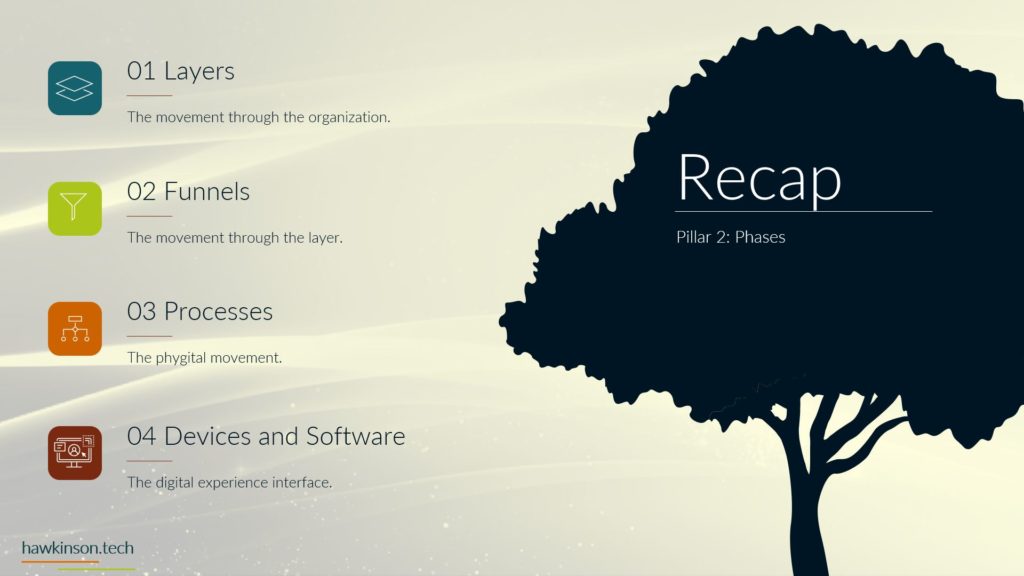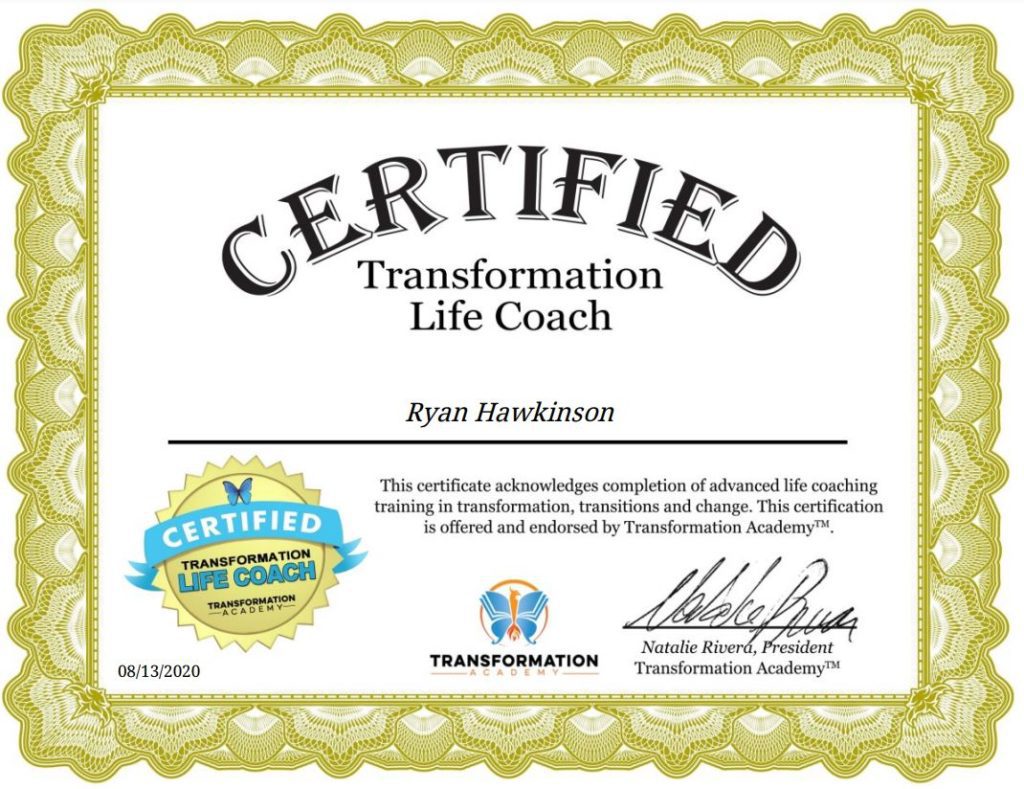Cookie Notice is a free WordPress cookie notification window plugin for General Data Protection Regulation (GDPR) that allows users to accept or deny cookies. You can add links to your safety or legal sites and customize the cookie notice for your users. Setting a Cookie Notice on your website is quick and straightforward with Cookie Notice.
Key features
Integration with Cookie Compliance
Cookie Notice provides seamless connectivity with Cookie Compliance to help your site comply with the most recent revisions to the applicable consent legislation. Cookie Compliance is a consent management platform that offers automatic compliance capabilities and improved design management in a cutting-edge online application. It allows websites to be proactive in observing consent and data protection laws. Cookie Compliance offers an attractive, multi-level interface, new options, and controls for site users to better comprehend and participate in data privacy decisions.
Website Banners
Cookie Notice provides a straightforward and editable website banner to help your website abide by certain cookie permission specifications. A customized notice message, multiple cookie expiry settings, a link to the WordPress privacy policy page, synchronization, WPML, and SEO friendliness are some of the features of the banner.
More features
- Cookie autoblocking
- Custom languages
- Proof of consent storage


























